What Foods Are High In Oxalates?
The best expert tips and advice to avoid oxalate build-up from food sources.
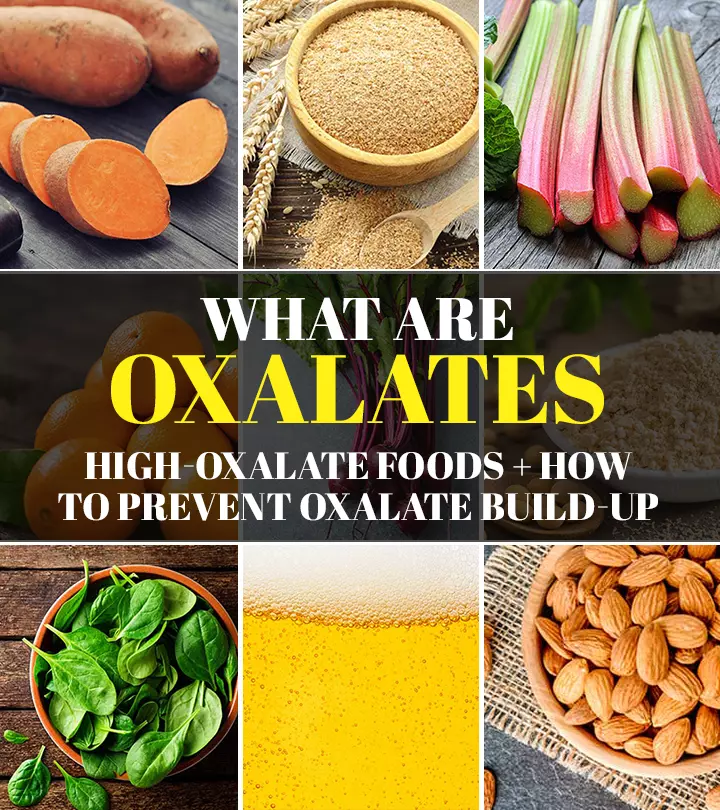
Image: Shutterstock
Oxalate is an antinutrient found in certain leafy greens, vegetables, and animal foods. But, high oxalate levels can cause kidney stones and other health problems.
So, how do you prevent high oxalate levels in your blood? What foods should you avoid consuming? This article explores the foods rich in oxalate, how to prevent oxalate build-up, and possible side effects. Keep reading!
In This Article
The Science Of Oxalate
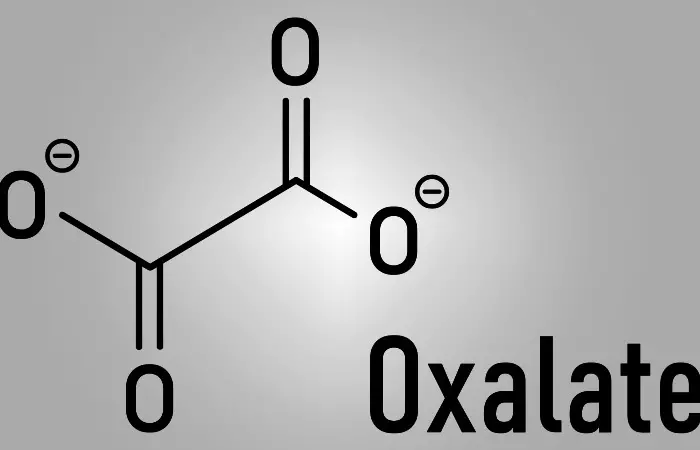
Oxalic acid in plants, when bound to minerals, forms oxalate. Your body can also produce oxalate on its own or get it from food. Vitamin C also can get converted into oxalate on getting metabolized (1).
When consumed, this oxalate can bind to minerals in the body and form compounds, including calcium oxalate and iron oxalate (2). Though it primarily happens in the colon, this process can also take place in the kidneys or the urinary tract.
Most people can excrete these compounds through stool or urine. But certain sensitive individuals may develop kidney stones and other health issues upon consuming high oxalate foods.
A National Health and Nutrition Exam Survey was conducted on 10,521 people older than 20 to determine the prevalence of kidney stones in the United States. The study found the prevalence to be 11%. The estimated 12-month incidence was 2.1% or 2,054 cases per 100,000 adults.
 Did You Know?
Did You Know?The first step to avoid such issues is steering clear of oxalate-rich foods.
Key Takeaways
- The antinutrient oxalate is present in certain leafy greens, vegetables, and animal products.
- As oxalate binds with minerals in the body, it may develop kidney stones and other health problems.
- High oxalate foods include spinach, rhubarb, and almonds, so reducing their intake and drinking a lot of fluids can prevent high blood levels of oxalate.
What Are Foods High In Oxalates?
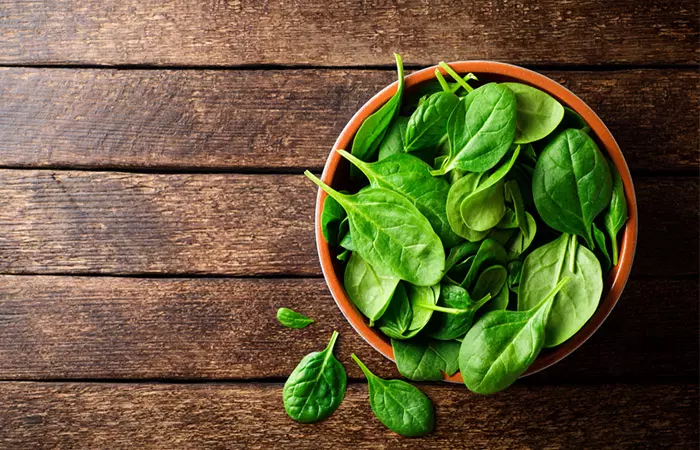
Following are the foods high in oxalates (3):
| Food | Oxalate Content |
|---|---|
| Spinach | 755 mg per ½ cup serving |
| Rhubarb | 541 mg per ½ cup serving |
| Almonds | 122 mg per 22 kernels |
| Beets/Beet greens | 76 mg per ½ cup serving |
| Soy flour or soy protein isolate | 27–94 mg per 1 oz serving |
| Wheat bran | 34 mg per ¾ cup serving |
| Oranges | 29 mg per fruit |
| Sweet potatoes | 28 mg per 1 cup serving |
| Beans | 10–25 mg per ½ cup serving |
| Berries | 10–25 mg per ½ cup serving |
| Tea, brewed | 14 mg per 1 cup serving |
| Beer | 5–10 mg for every 12 fluid ounces |
| Tofu | 13 mg per 3.5 oz serving |
Research tells us to limit our daily oxalate intake to less than 100 mg (or even 50 mg) (4).
People with a history of kidney stones or those who have the issue currently must stay away from these foods. Oxalate may bind with calcium in the blood and form calcium oxalate crystals, leading to stones. There are different types of kidney stones, but calcium oxalate is the most common of them.
These stones are not formed by calcium through food. In fact, excess calcium that isn’t used by your bones and muscles goes to your kidneys and is flushed out through urine. But when this doesn’t happen, the extra calcium stays in the kidneys and forms stones (5).
But there is good news. You can prevent this. Here’s how!
How To Prevent High Blood Oxalate Levels

A few simple diet and lifestyle changes can help in cutting down the risk of formation of oxalate stones in your body.
- Cut down on high-oxalate foods. We have already discussed this. Reduce your intake of foods high in oxalates. Incorporating a kidney stone diet that balances oxalate foods with adequate hydration and other dietary adjustments can further support kidney health and prevent future complications. You don’t have to stop consuming these foods (unless your doctor advises otherwise) because most of them are quite healthy and replete with nutrients and antioxidants.
Kimberly, a blogger, is navigating a complex dietary path as she is currently adhering to a gluten-free, grain-free, dairy-free, and sugar-free, low-oxalate diet. On her blog, she notes, “Normally when people go grain free, they rely more on nuts and nut flours, but I can’t do that because of oxalates (i).” She revealed coconut flour emerged as a trusted ally, standing in for conventional grain substitutes.
- Increase your calcium intake. This may sound contrary to the obvious logic. But yes, low calcium levels in your body can actually increase the risk of oxalate stones. This is because calcium binds with oxalate in the intestines. A high-calcium diet can reduce the amount of oxalate being absorbed in the body. This reduces the risk of stones (6).
- Drink enough fluids. This is a no-brainer. You must drink at least 4 to 5 liters of water every day – in addition to other fluids. Drinking enough water helps flush out calcium (and other minerals that may possibly form stones) and helps prevent the formation of oxalate stones (7).
- Avoid excess vitamin C. Oxalate is an end product of vitamin C metabolism. Excessively high doses of vitamin C can lead to the formation of oxalate stones (8). Stick to less than 500 mg of vitamin C daily – especially if you take supplements.
- Avoid excess protein. Consume optimal amounts of protein. Don’t go overboard. Excess protein intake has also been linked to oxalate stones (9).
- Cut down on sodium. This includes processed foods like hot dogs, sausages, burgers, canned products, pickles, and other convenience mixes. A high-sodium diet can trigger kidney stones as it increases the amount of calcium in your urine (10).
 Did You Know?
Did You Know?In addition to these measures, you can also include low-oxalate foods in your diet.
What Are The Foods Low In Oxalates?
Low-oxalate foods include the following:
| Food | Oxalate Content |
|---|---|
| Bananas | 3 mg per 1 fruit |
| Cherries | 3 mg per 1 cup serving |
| Grapes | 1 mg per 1 cup serving |
| Papaya | 1 mg per 1 medium fruit |
| Watermelon | 1 mg per 1 slice |
| Cucumber | 1 mg per ¼ serving |
| Cauliflower | 1 mg per ½ cup serving cooked |
| Mushrooms | Less than 1 mg per mushroom |
| Cabbage | 1 mg per 1 cup serving, raw |
| Peas | 1 mg per ½ cup serving |
| Cheese | Less than 1 mg per slice |
| Milk | 1 mg per 1 cup serving |
| Lean meats | Less than 1 mg per 1 oz serving |
| Corn | 1 mg per ½ cup serving |
| White rice | 4 mg per 1 cup serving, cooked |
| Honey | Less than 1 mg in 1 tablespoon serving |
A low oxalate diet can help reduce the risk of stone formation by limiting foods high in oxalates. Including these foods in your diet can help. There are other reasons you must prevent oxalate build-up in your body. We will look at them now.
What Are The Other Side Effects Of Excess Oxalate Build-Up?

Oxalates can also hinder nutrient absorption. We already saw the case with calcium. Oxalates can hinder calcium absorption and lead to other complications, apart from increasing the risk of stone formation (11).
Consuming fiber along with oxalates can hinder the absorption of other nutrients like zinc and magnesium (12).
Oxalates may also contribute to vulvodyniai Chronic, unexplained pain in the vaginal region that can make sitting for extended periods of time or having sex, painful. , a condition characterized by unexplained chronic vaginal pain (13). The role of oxalates instigating this specific condition is doubtful, though.
 Did You Know?
Did You Know?Infographic: 6 Effective Methods To Reduce Blood Oxalate Levels
Kidney stones are more likely to develop when blood oxalate levels are high, so you must take food precautions to avoid developing kidney stones. You can avoid having too much oxalate in your blood by controlling your eating habits, as shown in the infographic below. Check it out now!

Illustration: StyleCraze Design Team
Oxalates are naturally occurring molecules and are considered antinutrientsi Substances usually present in food sources and beverages, can be natural or man made, and prevent nutrients from being absorbed. . They are mostly found in humans and plants. However, excess oxalates in the body may cause kidney stones, chronic vaginal pain, and other health problems. Foods like spinach, rhubarb, almonds, beets, beet greens, chocolates, nuts, tea, wheat bran, parsley, and soy flour are rich in oxalates. However, bananas, cherries, strawberries, kiwi, grapes, and papaya are low in them. You can prevent high blood oxalate levels by reducing the intake of foods high in oxalates, increasing your calcium intake, and drinking enough fluids. Keep checking your oxalate intake to avoid its adverse reactions.
Taking these measures can help in preventing the development of oxalate stones.
Anything you think we have missed in this post? Do tell us by leaving a comment in the box below.
Frequently Asked Questions
Can oxalates cause inflammation?
Yes. High levels of oxalates can cause inflammation (14).
Are eggs high in oxalates?
No. Eggs are low in oxalates.
Is coffee high in oxalates?
Yes. Coffee is high in oxalates.
Does lemon juice get rid of oxalates?
Yes. Lemon juice helps get rid of oxalates by boosting urinary citrate excretion. Studies link urinary citrate excretion with increased urinary oxalate excretion (15), (16) .
Do oxalates cause joint pain?
Yes. Oxalates may cause joint pain.
Can oxalates cause eye problems?
Yes. Oxalates can cause eye problems.
Illustration: What Foods Are High In Oxalates?
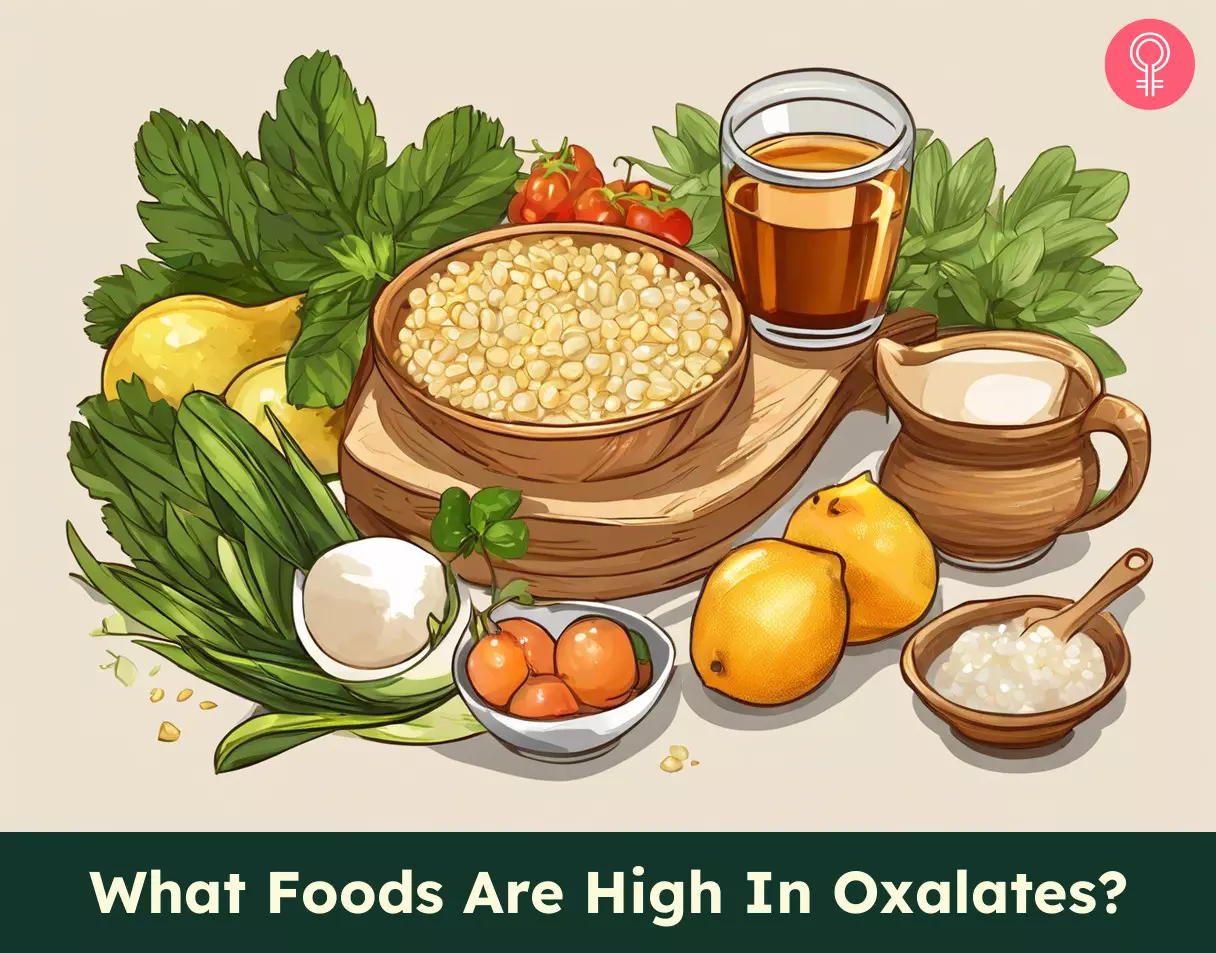
Image: Stable Diffusion/StyleCraze Design Team
Are you eating foods that are high in oxalates? Learn about 13 popular foods you should avoid to stay healthy from this informative video.
Personal Experience: Source
StyleCraze's articles are interwoven with authentic personal narratives that provide depth and resonance to our content. Below are the sources of the personal accounts referenced in this article.
i. Makin’ a List and Checkin’ it Twicehttps://livingfreeforever.wordpress.com/2011/02/03/makin-a-list-and-checkin-it-twice/
References
Articles on StyleCraze are backed by verified information from peer-reviewed and academic research papers, reputed organizations, research institutions, and medical associations to ensure accuracy and relevance. Read our editorial policy to learn more.
- “Effect of ascorbic acid consumption…” The Journal of Urology, US National Library of Medicine.
- “Oxalate content of foods and its…” Asia Pacific Journal of Clinical Nutrition.
- “Foods high in oxalate” Michigan Medicine, University of Michigan.
- “How to eat a low oxalate diet” The University of Chicago.
- “What are kidney stones?” National Institute of Diabetes and Digestive and Kidney Diseases.
- “Preventing kidney stones” National Center for Biotechnology Information.
- “How do health care professionals treat…” National Institute of Diabetes and Digestive and Kidney Diseases.
- “Ascorbate increases human…” The Journal of Nutrition, US National Library of Medicine.
- “High protein diet brings risk of…” British Medical Journal, US National Library of Medicine.
- “5 steps for preventing kidney stones” Harvard Medical School.
- “Oxalate: effect on calcium…” The American Journal of Clinical Nutrition, US National Library of Medicine.
- “Mineral balances of human subjects consuming…” The American Journal of Clinical Nutrition, US National Library of Medicine.
- “Urinary oxalate excretion and…” American Journal of Obstetrics and Gynecology, US National Library of Medicine.
- “Reactive oxygen species, inflammation and calcium oxalate nephrolithiasis” US National Library of Medicine.
- “Hypocitraturia: Pathophysiology and Medical Management” US National Library of Medicine.
- “Evidence for abnormal linkage between urine oxalate and citrate excretion in human kidney stone formers” The Physiological Society.
- “A potential pathogenic role of oxalate in autism” European Journal of Paediatric Neurology, ScienceDirect.
- “Risk of nephrolithiasis, hyperoxaluria, and calcium oxalate…” Surgery for Obesity and Related Diseases, US National Library of Medicine.
- “Effect of different cooking methods on vegetable oxalate content” Journal of Agricultural and Food Chemistry, US National Library of Medicine.
Read full bio of Alexandra Dusenberry
Read full bio of Ravi Teja Tadimalla
Read full bio of Arshiya Syeda
Read full bio of Aparna Mallampalli








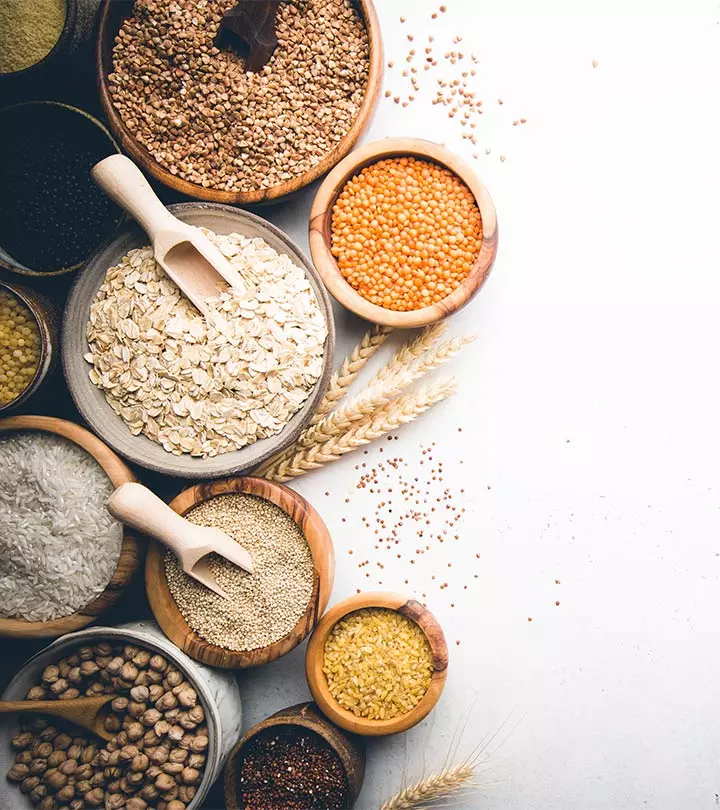
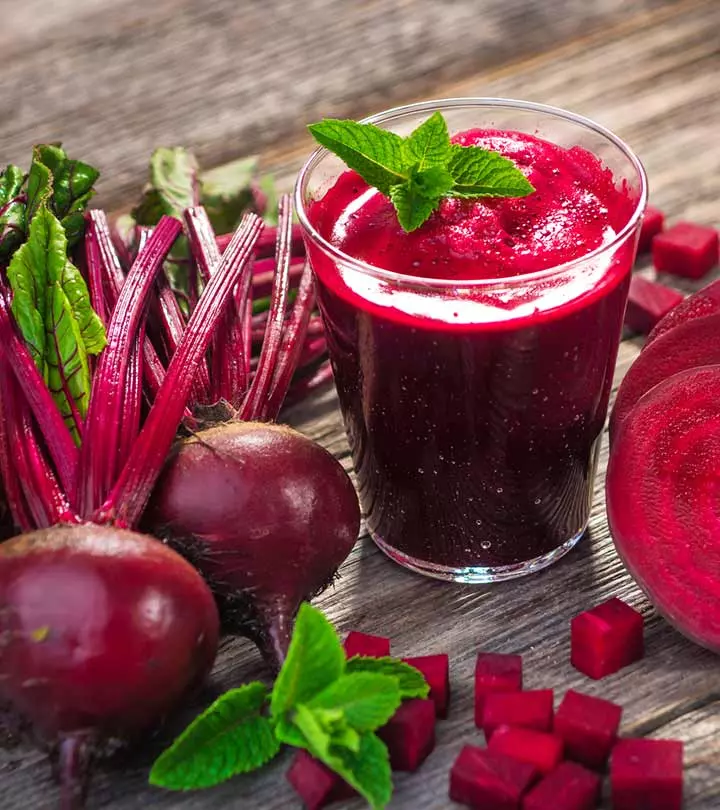
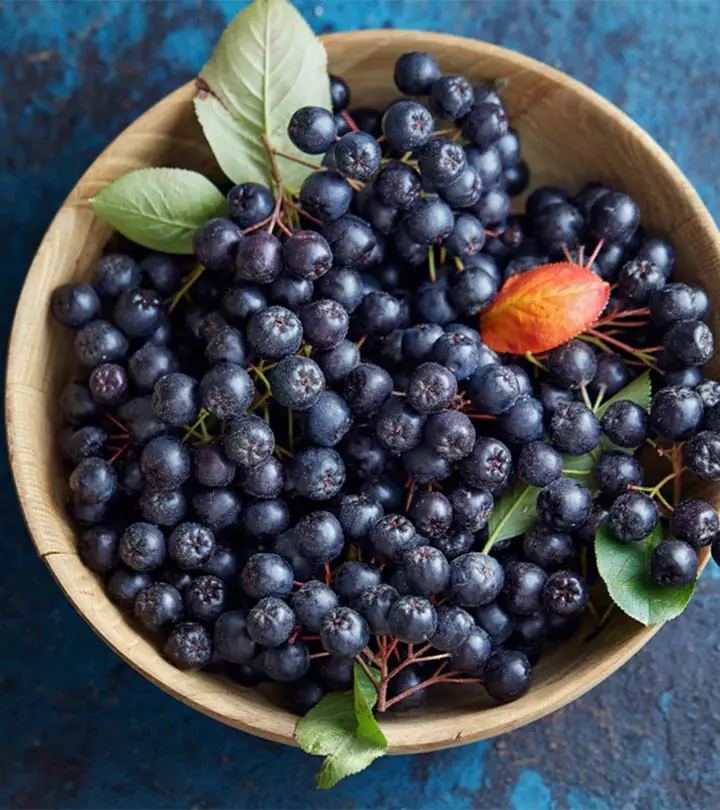
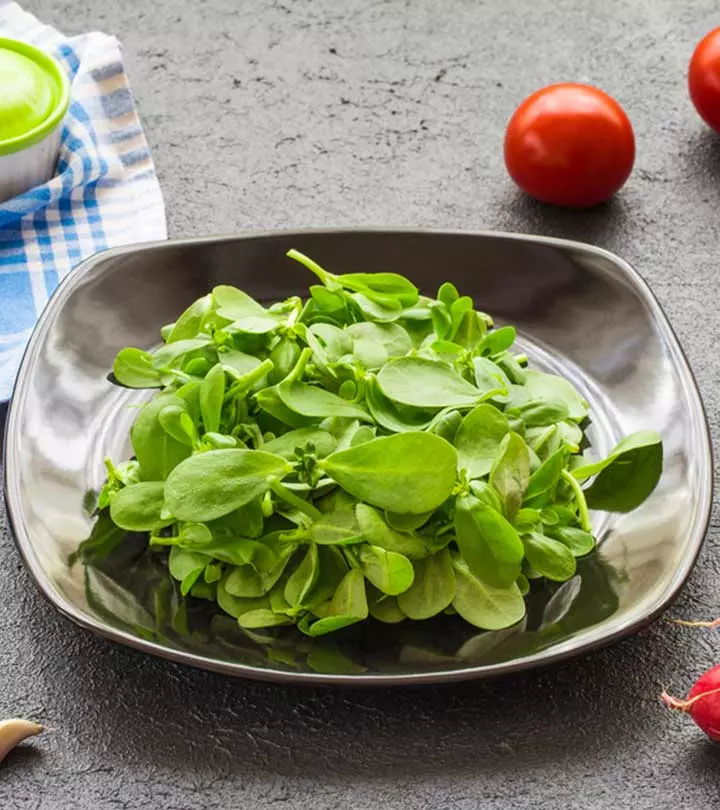
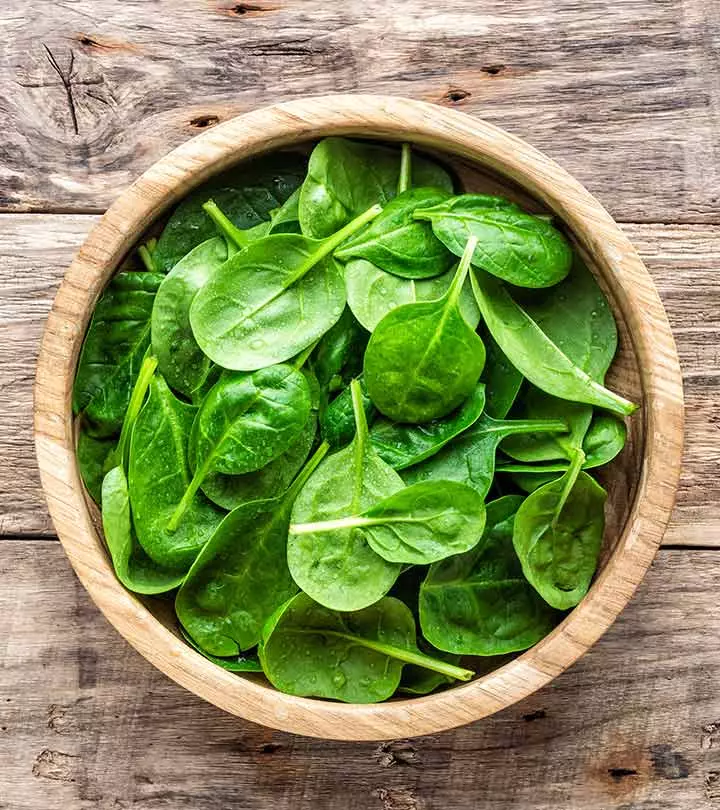
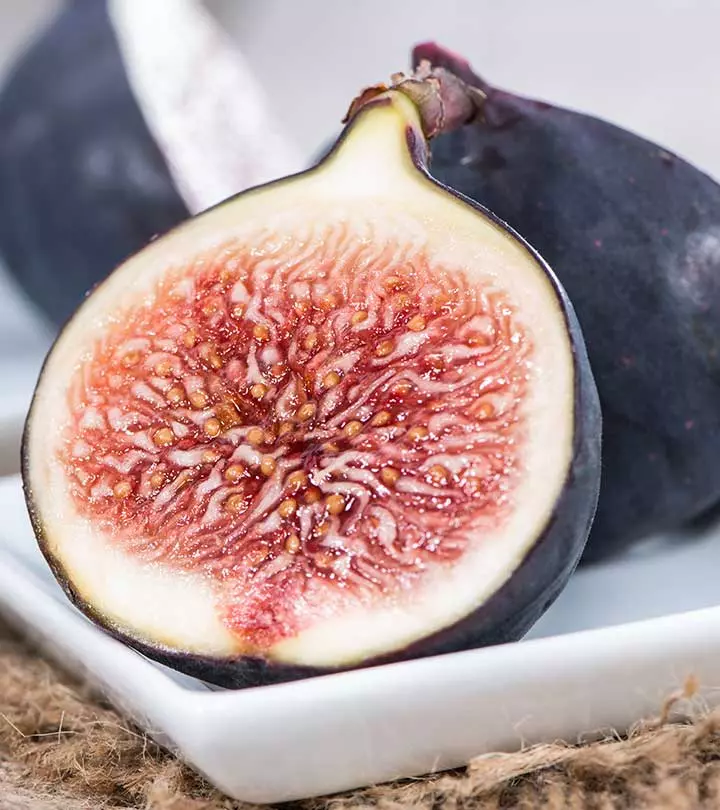
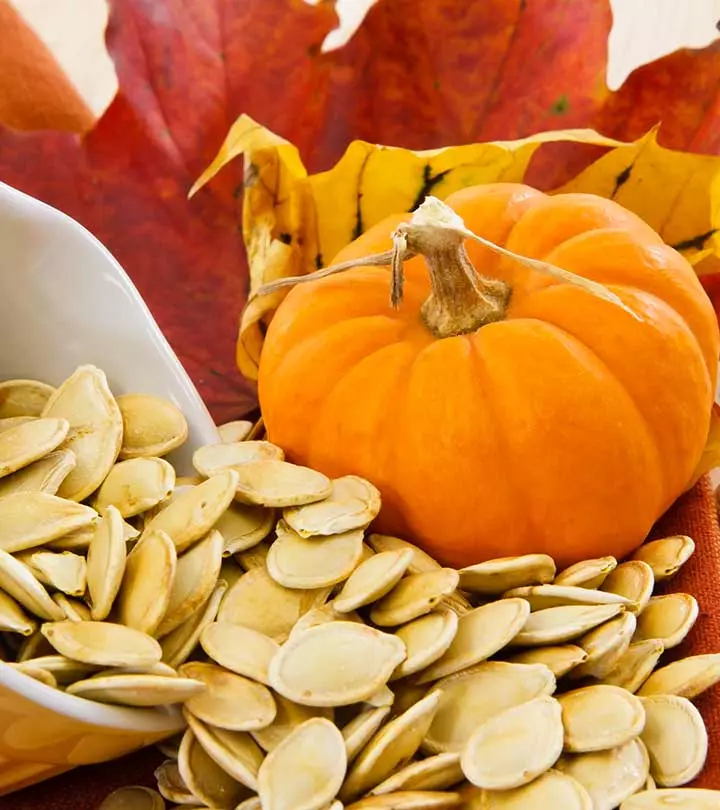
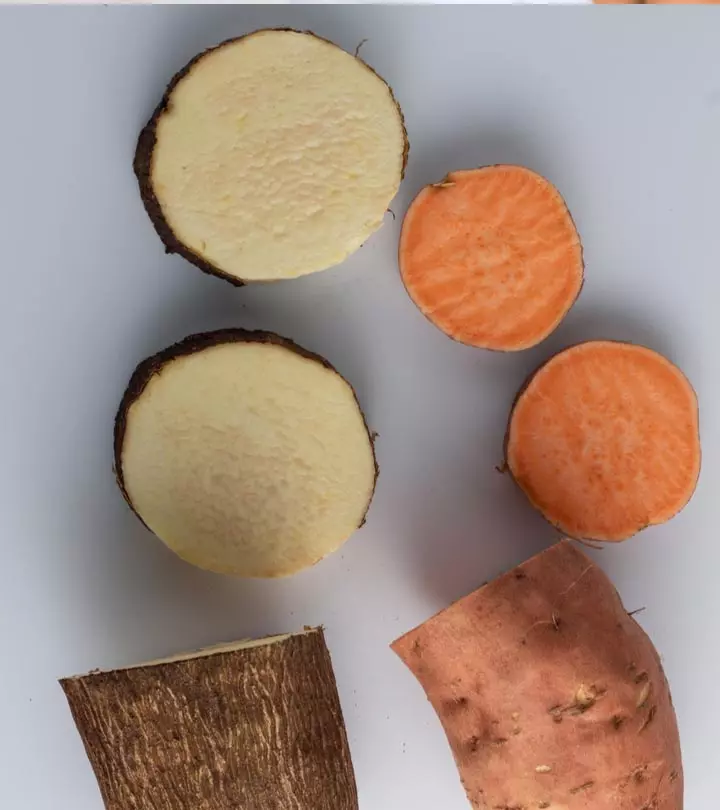
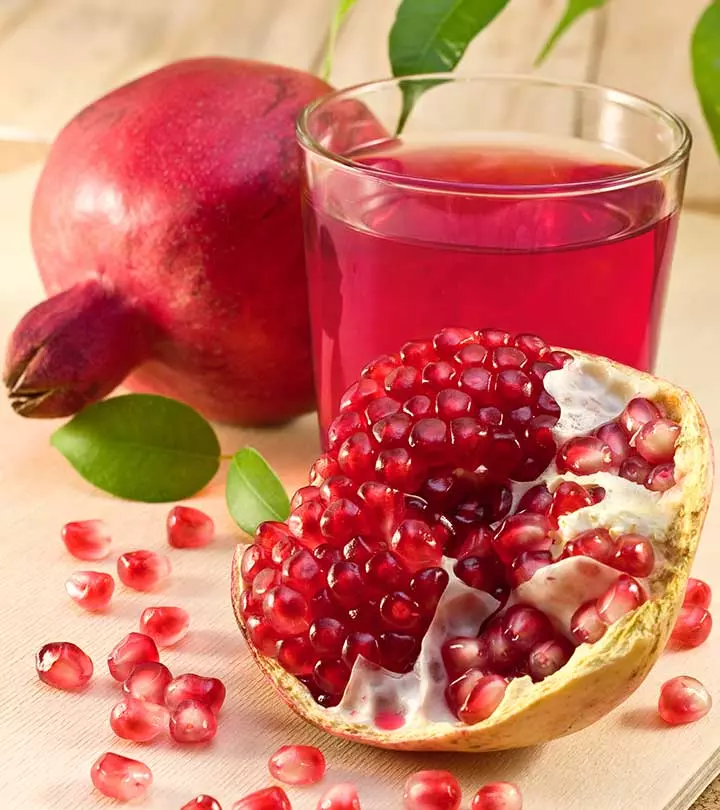
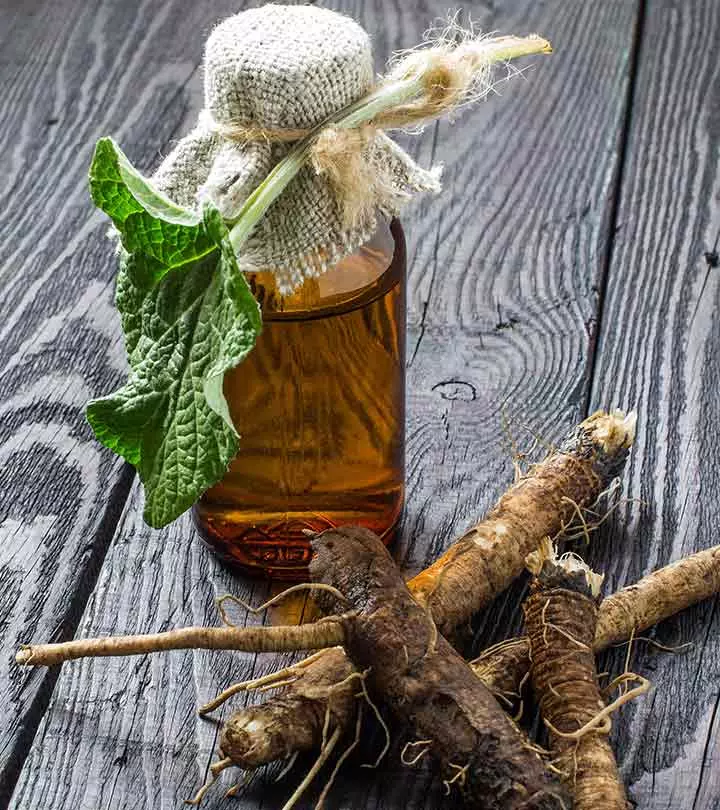
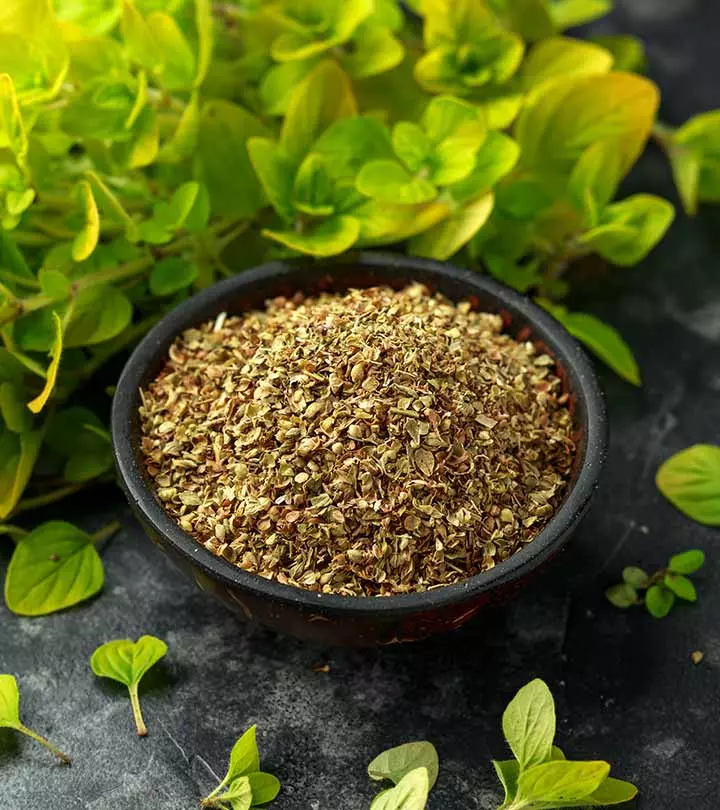
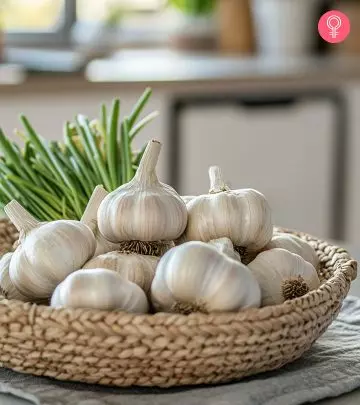
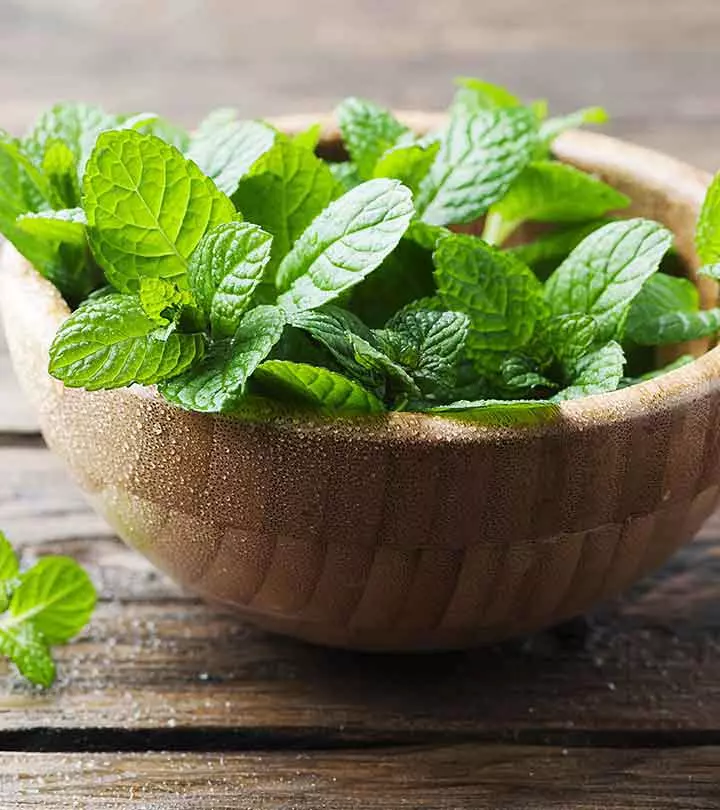

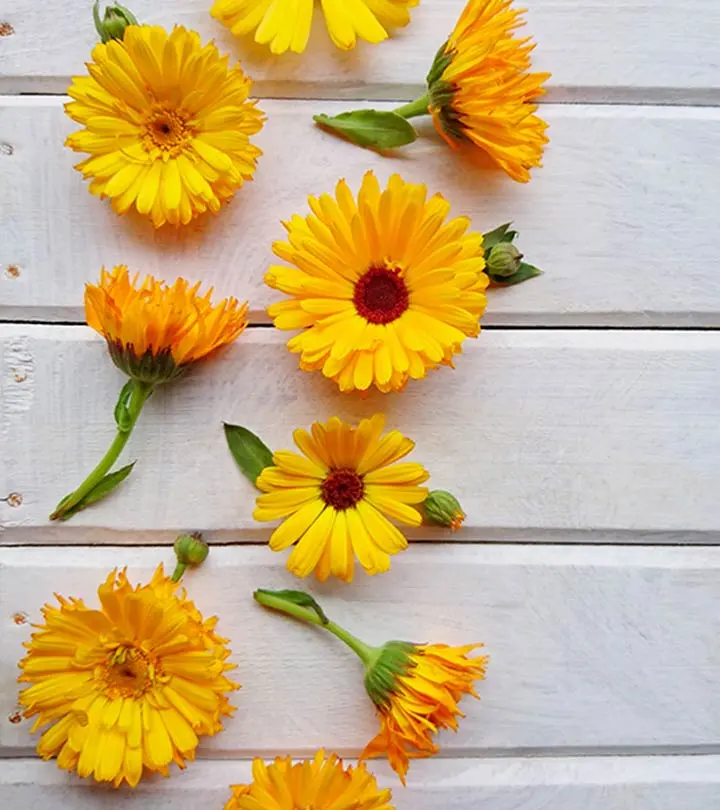


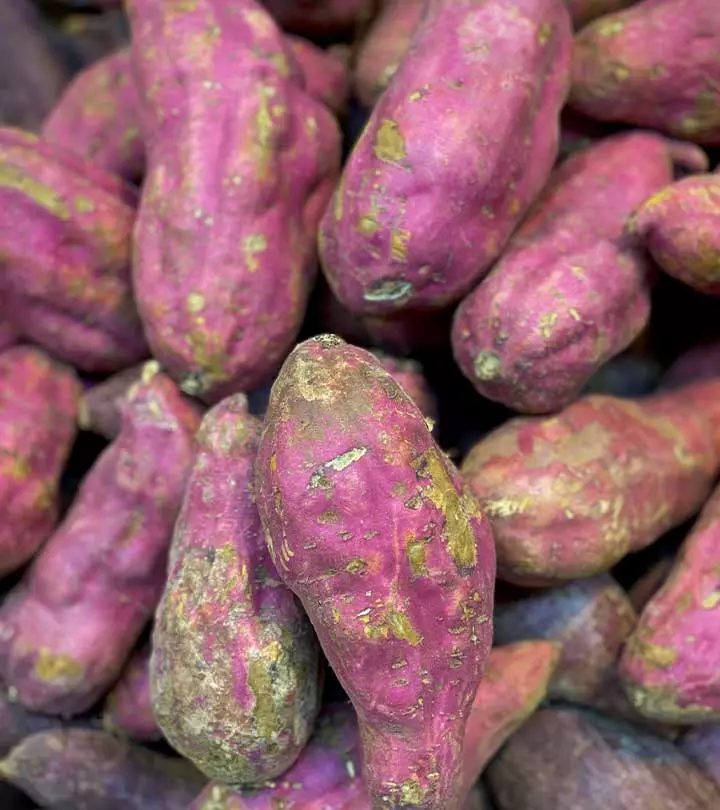
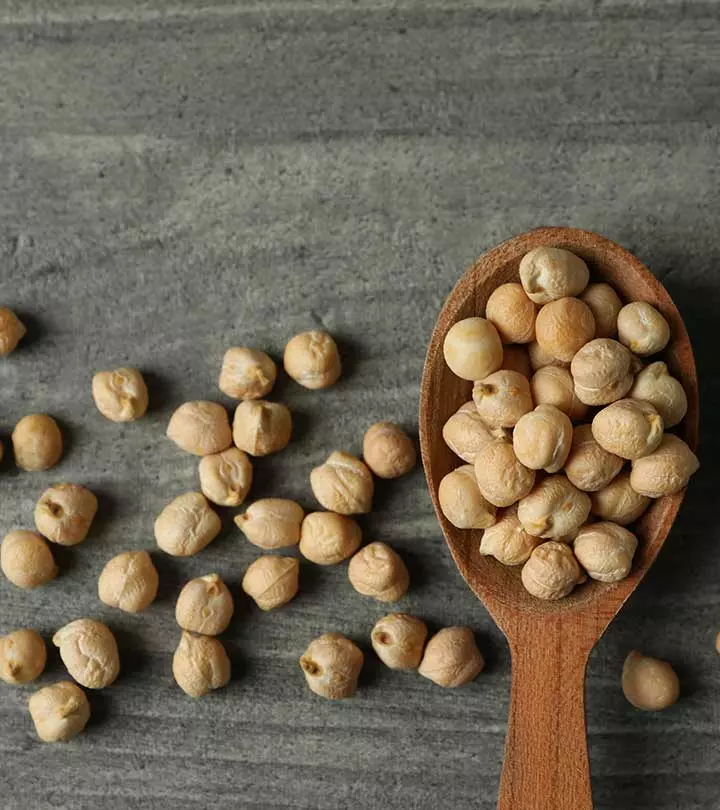
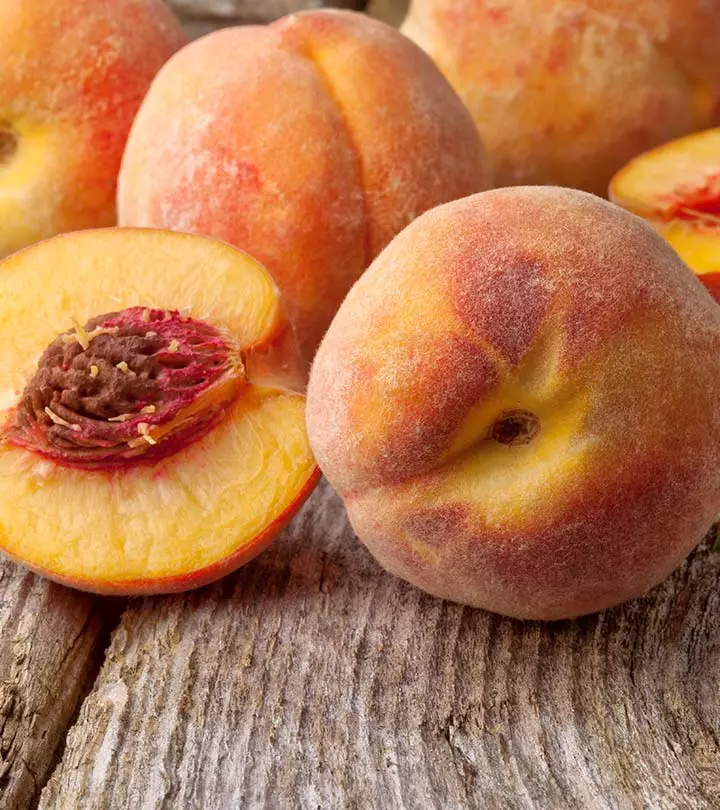
Community Experiences
Join the conversation and become a part of our empowering community! Share your stories, experiences, and insights to connect with other beauty, lifestyle, and health enthusiasts.